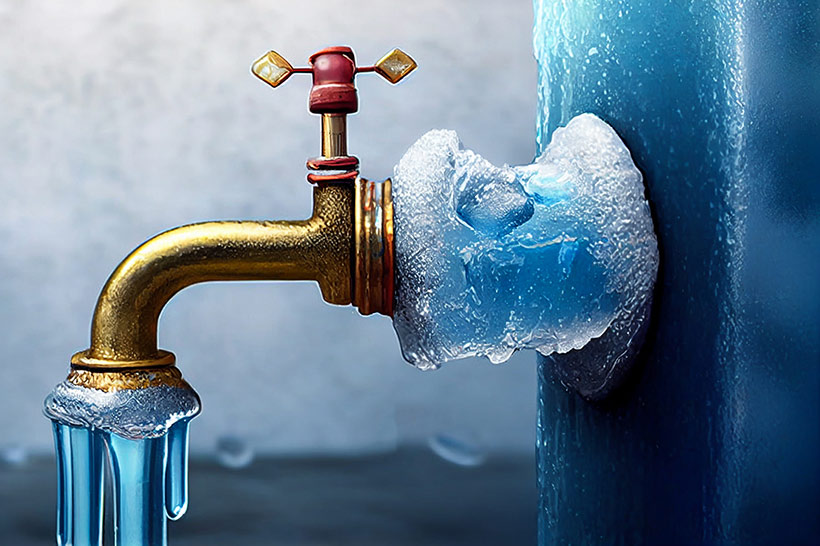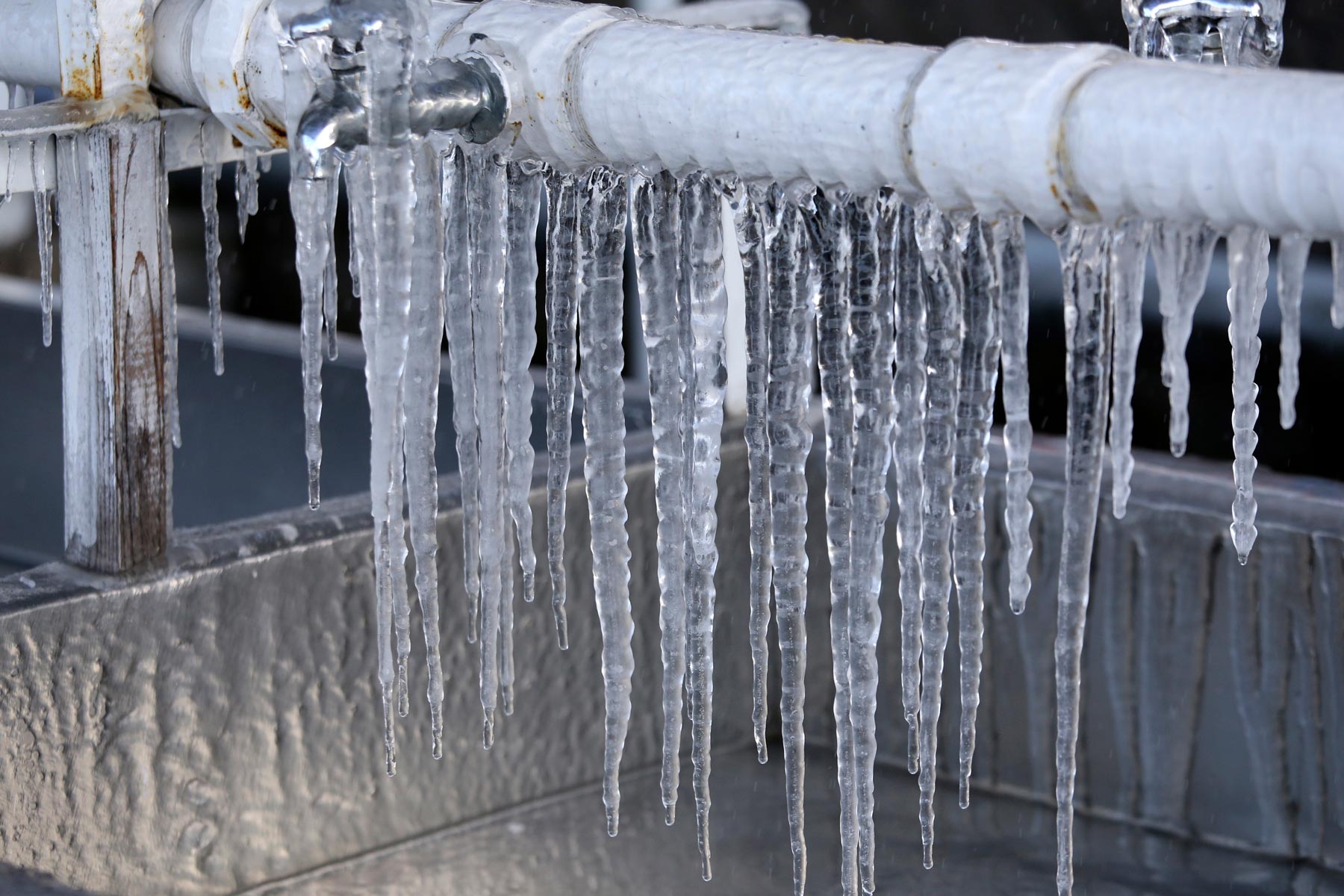Protecting Pipes from Cold Weather: Best Tips
Protecting Pipes from Cold Weather: Best Tips
Blog Article
Each person may have their unique opinion on the subject of How to prepare your home plumbing for winter weather.

Winter can ruin your pipes, especially by freezing pipes. Right here's how to prevent it from happening and what to do if it does.
Intro
As temperature levels decrease, the threat of icy pipes boosts, possibly causing expensive fixings and water damage. Comprehending just how to avoid icy pipes is important for home owners in cold climates.
Understanding Icy Pipelines
What triggers pipes to ice up?
Pipes freeze when exposed to temperatures below 32 ° F (0 ° C) for expanded durations. As water inside the pipes freezes, it expands, putting pressure on the pipe walls and possibly creating them to burst.
Dangers and problems
Icy pipelines can lead to water supply disturbances, residential or commercial property damages, and expensive fixings. Ruptured pipelines can flooding homes and trigger substantial architectural damages.
Indicators of Frozen Pipes
Recognizing frozen pipes early can avoid them from rupturing.
How to determine icy pipelines
Try to find reduced water flow from taps, unusual odors or noises from pipelines, and noticeable frost on exposed pipelines.
Avoidance Tips
Shielding at risk pipes
Wrap pipes in insulation sleeves or make use of warm tape to safeguard them from freezing temperatures. Concentrate on pipelines in unheated or exterior locations of the home.
Home heating strategies
Maintain interior rooms appropriately heated up, particularly areas with pipes. Open up cabinet doors to permit warm air to distribute around pipes under sinks.
Securing Exterior Pipes
Yard hoses and exterior faucets
Disconnect and drain yard hose pipes before winter season. Mount frost-proof faucets or cover outside faucets with insulated caps.
What to Do If Your Pipes Freeze
Immediate activities to take
If you suspect icy pipes, maintain taps open to eliminate pressure as the ice melts. Use a hairdryer or towels taken in hot water to thaw pipes slowly.
Long-Term Solutions
Structural changes
Take into consideration rerouting pipes away from exterior walls or unheated locations. Add added insulation to attics, cellars, and crawl spaces.
Updating insulation
Buy high-grade insulation for pipelines, attics, and wall surfaces. Appropriate insulation assists preserve regular temperatures and reduces the threat of frozen pipelines.
Verdict
Stopping icy pipelines requires positive steps and fast feedbacks. By comprehending the causes, indicators, and safety nets, home owners can safeguard their pipes throughout winter.
5 Ways to Prevent Frozen Pipes
Drain Outdoor Faucets and Disconnect Hoses
First, close the shut-off valve that controls the flow of water in the pipe to your outdoor faucet. Then, head outside to disconnect and drain your hose and open the outdoor faucet to allow the water to completely drain out of the line. Turn off the faucet when done. Finally, head back to the shut-off valve and drain the remaining water inside the pipe into a bucket or container. Additionally, if you have a home irrigation system, you should consider hiring an expert to clear the system of water each year.
Insulate Pipes
One of the best and most cost-effective methods for preventing frozen water pipes is to wrap your pipes with insulation. This is especially important for areas in your home that aren’t exposed to heat, such as an attic. We suggest using foam sleeves, which can typically be found at your local hardware store.
Keep Heat Running at 65
Your pipes are located inside your walls, and the temperature there is much colder than the rest of the house. To prevent your pipes from freezing, The Insurance Information Institute suggests that you keep your home heated to at least 65 degrees, even when traveling. You may want to invest in smart devices that can keep an eye on the temperature in your home while you’re away.
Leave Water Dripping
Moving water — even a small trickle — can prevent ice from forming inside your pipes. When freezing temps are imminent, start a drip of water from all faucets that serve exposed pipes. Leaving a few faucets running will also help relieve pressure inside the pipes and help prevent a rupture if the water inside freezes.
Open Cupboard Doors
Warm your kitchen and bathroom pipes by opening cupboards and vanities. You should also leave your interior doors ajar to help warm air circulate evenly throughout your home.

As an enthusiastic reader on How to prepare your home plumbing for winter weather, I think sharing that piece of writing was a good thing. Are you aware of somebody else who is intrigued by 6 Ways to Prevent Frozen Pipes? Do not hesitate to promote it. Thanks for going through it.
Get Quote Report this page